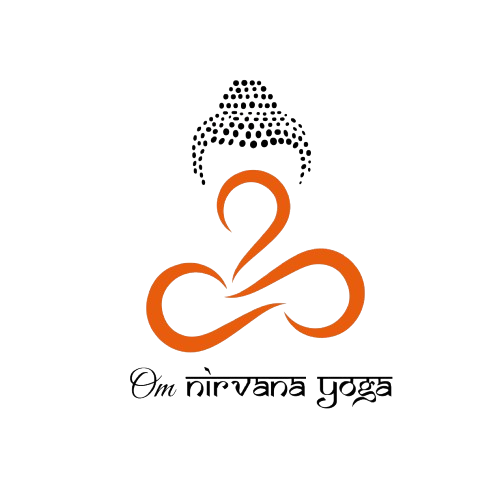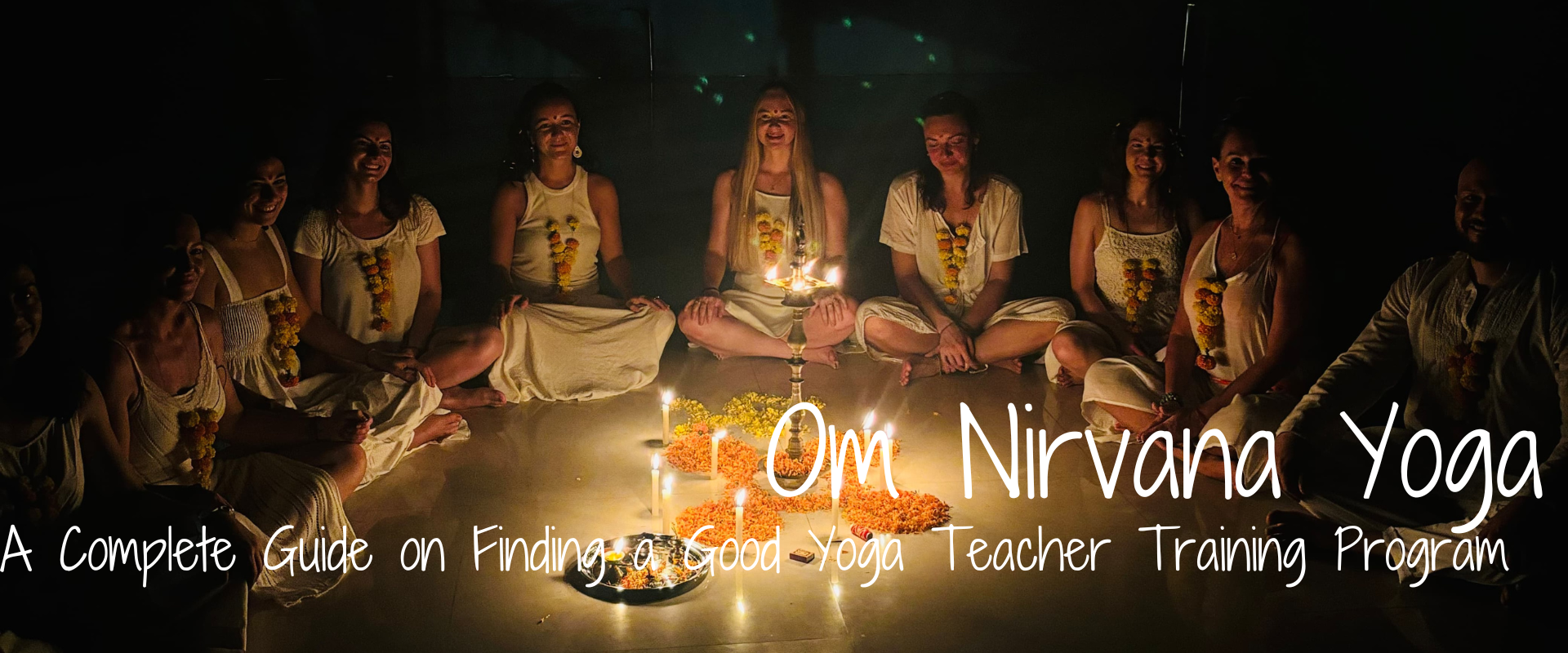

Starting a road towards certification as a yoga instructor is an interesting and transforming one. To guarantee you receive quality teaching, pick the correct yoga teacher training (YTT) school, though, and make sure it fits your own goals. Finding the appropriate fit can be daunting given the many programs now offered globally. This thorough guide will enable you to locate a suitable yoga teacher training course fulfilling your requirements and goals.
Clearly state your personal and professional objectives for seeking yoga teacher training before starting the search. Think about the following inquiries:
Are you hoping to teach full-time, improve your practice, or include yoga into your current job?
Why do you want to become a yoga teacher?
In which yoga style would you like to practice? Various programs could focus in several techniques, including Hatha, Vinyasa, Ashtanga, Iyengar, or others.
Do you want a part-time, modular strategy that lets you keep working, or do you flourish in an intense residential program?
Make sure the program you decide for is accredited by a respectable company, such Yoga Alliance. Accreditation guarantees that the program satisfies accepted criteria for curriculum, teacher qualifications, and instructional approach. Particularly if you intend to teach professionally, certification can be supported and legitimacy given by accreditation.
Comprehensive yoga teacher training programs depend on a well-rounded curriculum. Search for events involving:
Detailed teaching on yoga postures, alignment, and modifications in Asana Practice and Alignment.
Understanding how yoga affects the body and how to treat restrictions and injuries can help one anatomy and physiology.
Including class planning and hands-on changes, Teaching Methodology techniques for successfully teaching and connecting with students.
Knowing the intellectual roots and history of yoga—including books like the Yoga Sutras and the Bhagavad Gita—helps one to better appreciate it.
Practicum: chances for feedback and teaching practice.
The teachers will mostly determine the level of quality of your education. Search for initiatives run by certified, experienced, competent educators from reputable companies. Investigate their background, teaching style, and areas of knowledge. A good teacher should possess:
Comprehensive Teaching Experience: thorough knowledge of several yoga levels and forms.
Certification: From a respectable yoga company, such Yoga Alliance or its equivalents abroad.
Depending on your preferences, specialized knowledge in fields like anatomy, philosophy, or therapeutic yoga.
Different programs have different schedules and approaches. Select one that best fits your learning style and way of life:
Usually housed at a retreat centre or yoga ashram, Residential Programs are intense, immersive training. Perfect for people who want a concentrated, distraction-free surroundings and can dedicate full-time to study.
Part-time programs: Over several months or weekends, distribute it so you may keep working or handling other obligations.
Online Programmes: Though they can lack the hands-on experience and community component of in-person training, offer convenience and flexibility.
Review the program's standing by consulting former student testimonies and reviews. If at all feasible, get understanding of alumni experiences by contacting them. Think about:
Positive quotes and comments from past attendees can offer insightful analysis of the calibre of the course.
Look for proof of successful graduates who have continued their yoga professions or taught others.
Training for yoga teachers can be a major outlay of money. Analyse the program's expenses and its components, such:
Check the cost of several programs to be sure they fall inside your budget.
Think about other expenses including lodging, travel, literature, and certifications.
To help control the expenses, find out if the program provides scholarships, financial aid, or pay plans.
Should the program be in-person, if at all feasible attend the site. This tour will enable you evaluate the training center's surroundings, amenities, and general atmosphere. It also allows you a chance to personally ask questions and see teachers.
At last, follow your gut feeling and select a curriculum that appeals to you. Think about how well the program fits your tastes, values, and objectives. Good yoga teacher training courses should motivate you, challenge you, and help you grow both personally and professionally.
Your path to become a certified yoga teacher depends critically on selecting the appropriate yoga teacher training program. You can make a wise choice by outlining your objectives, looking at accredited programs, analysing the curriculum, verifying teacher credentials, weighing program structure, and reviewing evaluations and expenses. Recall that this course aims to strengthen your practice and personal development as much as to equip you to teach yoga. Select a curriculum that speaks to you and starts you on the road towards a transforming and fulfilling yoga teaching profession.